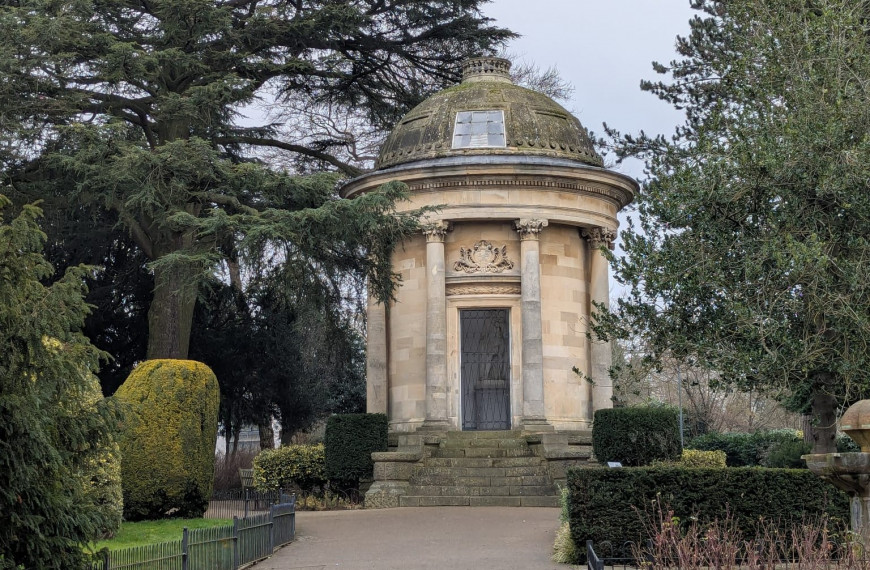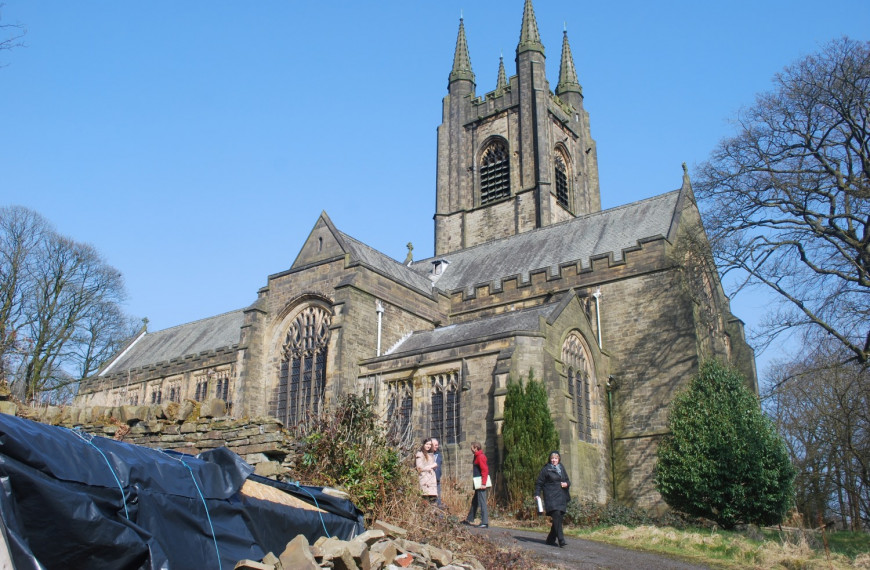The Royal Gunpowder Mills is a Scheduled Monument—the highest level of protection for a historic site.
Over 300 years of producing explosives and propellants have shaped its distinctive landscape, which remains sealed off from the outside world and includes numerous listed buildings, waterways, dry canals, and an alder tree plantation once used to produce charcoal—one of the three key ingredients of gunpowder. The alder plantation is now part of a nature reserve, which is a site of special scientific interest and attracts a diverse range of animals and plants. It is an anchor point of the European Route of Industrial Heritage.
We’ll also enjoy an expert-led guided tractor trailer tour, even to the restricted areas of the site, including the Grand Nitrator and Quinan Stove, dating from the Victorian to post-war periods; we’ll take a ride on the Gunpowder Railway, see the unique waterways and hydraulic press, have a tour of the Armoury, and we’ll get up close to several listed buildings including the Rocket Vault, Saltpetre & Mixing Houses, and the newly renovated Grade I-listed Gunpowder Incorporating Mill!
Refreshments
All tickets include tea/coffee on arrival. There will be a lunch break during the visit; please note that the Royal Gunpowder Mills does NOT offer food service to purchase on the day, but an optional afternoon tea is available to book in advance – please select the ‘With Afternoon Tea’ ticket type below. If you do not wish to book afternoon tea, you are welcome to bring a packed lunch.
Tickets: Member (no afternoon tea) – £29 / Non-member (no afternoon tea) – £36
Member (with afternoon tea) – £39 / Non-member (with afternoon tea) – £46
Cancellation policy: Refunds can be provided for cancellations 7 or more business days prior to the event.
Accessibility: The Royal Gunpowder Mills is accessible to wheelchairs and buggies with level access/slopes to most buildings and accessible toilets. They have a specially adapted railway carriage and a ramp onto the tractor trailer ride. There is a lift to the film theatre, which has an induction loop.

